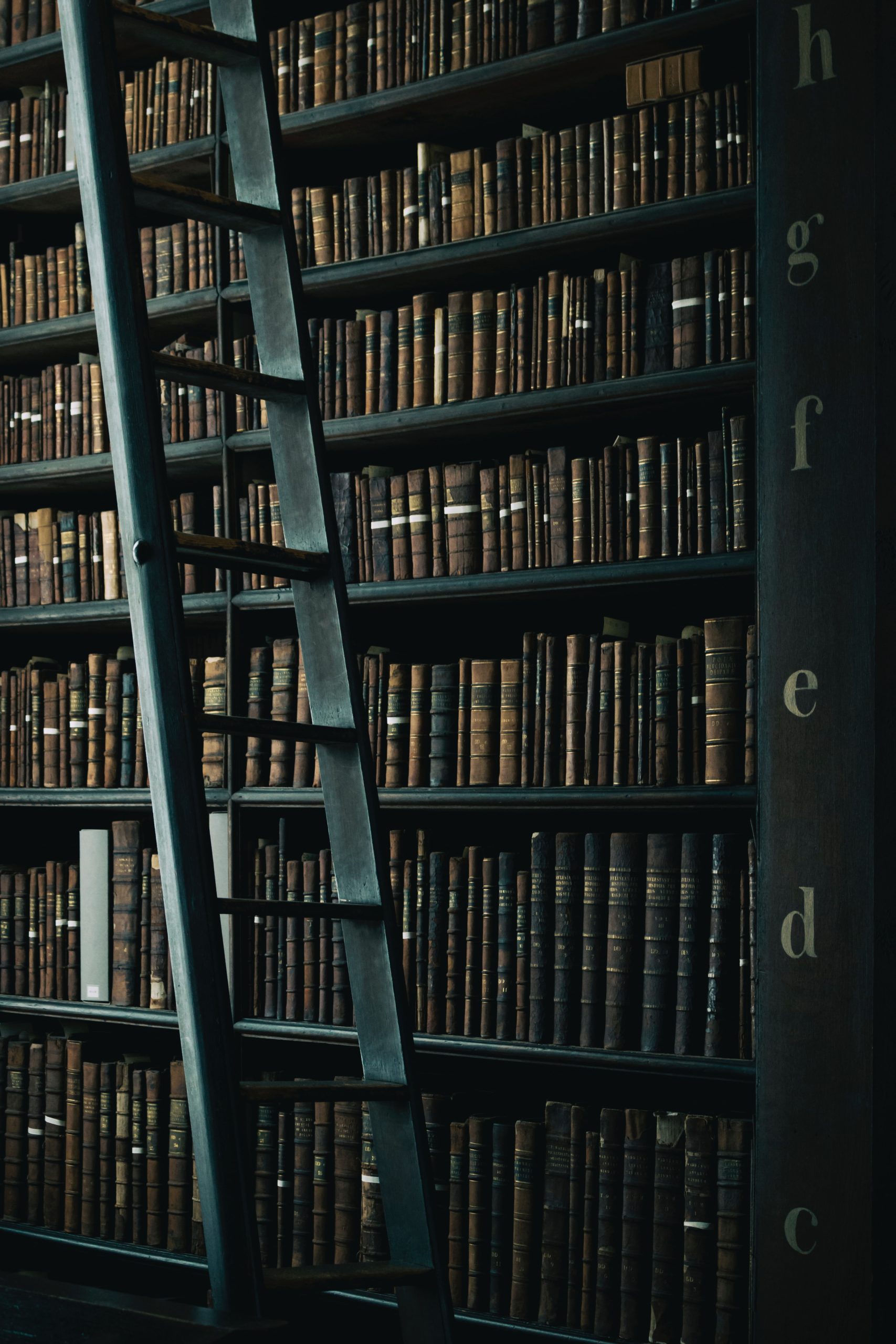- 2 June 2023
- 41
From Foreshadowing to Irony: Understanding the Top 5 Literary Devices Every Reader Should Know

Literary devices are the tools that writers use to create meaning and enhance the impact of their writing. These devices can be subtle or overt, but they all serve the same purpose: to engage the reader and make the writing more memorable. In this article, we will explore the top 5 literary devices that every reader should know.
1. Foreshadowing
Foreshadowing is a literary device that hints at what is to come later in the story. It can be a subtle hint or a more obvious clue, but it always serves to build tension and anticipation in the reader. Foreshadowing can be used to create a sense of mystery or to prepare the reader for a major plot twist. For example, in J.K. Rowling’s Harry Potter series, the recurring mention of the prophecy that Harry is destined to fulfill serves as foreshadowing for the final battle between Harry and Voldemort.
2. Symbolism
Symbolism is the use of symbols to represent ideas or concepts. These symbols can be objects, colors, or even characters. Symbolism is often used to add depth and meaning to a story, and it can be used to convey complex ideas in a simple and memorable way. For example, in F. Scott Fitzgerald’s The Great Gatsby, the green light at the end of Daisy’s dock represents Gatsby’s hopes and dreams.
3. Imagery
Imagery is the use of descriptive language to create a vivid picture in the reader’s mind. It can be used to create a sense of atmosphere or to convey emotions. Imagery is often used to make the reader feel as if they are a part of the story, and it can be used to create a sense of empathy with the characters. For example, in Ernest Hemingway’s The Old Man and the Sea, the vivid descriptions of the sea and the fish create a sense of the harsh and unforgiving environment in which the old man is struggling.
4. Irony
Irony is the use of language to convey the opposite of what is expected. It can be used to create humor or to make a point. Irony can be situational, verbal, or dramatic. Situational irony occurs when the outcome of a situation is the opposite of what was expected. Verbal irony occurs when the speaker says the opposite of what they mean. Dramatic irony occurs when the audience knows something that the characters do not. For example, in William Shakespeare’s Romeo and Juliet, the audience knows that Juliet is not really dead, but Romeo does not, leading to tragic consequences.
5. Allusion
An allusion is a reference to a well-known person, place, or event. Allusions can be used to add depth and meaning to a story, and they can be used to create a sense of shared cultural knowledge between the writer and the reader. Allusions can be direct or indirect, and they can be used to create a sense of nostalgia or to make a point. For example, in T.S. Eliot’s The Waste Land, the repeated references to the myth of the Fisher King serve as an allusion to the spiritual decay of modern society.
In conclusion, literary devices are an essential part of any writer’s toolkit, and they can be used to create meaning and enhance the impact of their writing. By understanding the top 5 literary devices discussed in this article, readers can gain a deeper appreciation for the art of storytelling and the power of language.

